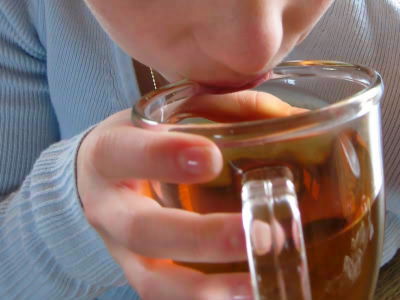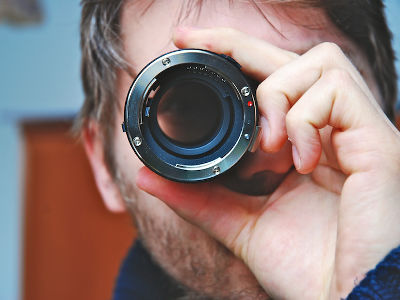Is the hangover due to an optical illusion? Short glasses cause overdrinking
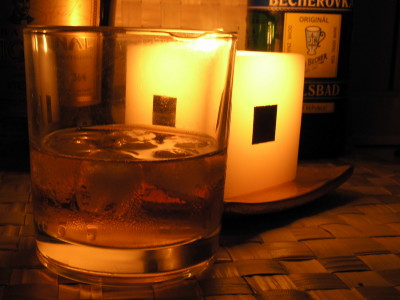
On the morning of a hangover, many people may have thought, 'It's strange that I shouldn't have drunk so much yesterday.' Of course, depending on your physical condition and diet, even if you drink the same amount, there are times when it sounds the next day and times when you feel fine, but 'I was fooled by a short glass and actually drank more than I realized.' It may cause a hangover.
According to a study by psychologists at the University of Oxford, when a person pours a glass, he or she intends to drink the same amount, but pours more into a wide-mouthed, short
Why you pour 88% more alcohol in a short glass than a tall one | Mail Online
http://www.dailymail.co.uk/sciencetech/article-1308012/Why-pour-88-alcohol-short-glass-tall-one.html
According to Professor Charles Spence of the University of Oxford, who conducted the study, this is called the ' Vertical-horizontal illusion ' (vertical-horizontal illusion, also known as the Fick illusion ). It seems that the optical illusion is related. For example, in the image below, the length of the vertical line and the length of the horizontal line are the same, but the vertical line seems to be longer.
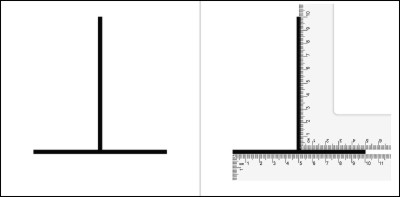
Studies show that people pour up to 80% more when pouring into short glasses, even if they intend to pour the same amount of alcohol, compared to tall glasses. I did. This tendency was apparent even when the capacities of the two glasses were equal.
Also, even a skilled bartender poured 26% more alcohol into a tumbler than a highball glass.
Julian Chamberlain of Retail Active , a business intelligence company that commissioned research (a company that visits restaurants and retail stores as a customer to investigate services, etc.), said, 'This is significant for the owners of self-service stores. The findings are that filling a tumbler is more expensive than a highball glass, and the shape of the glass can affect profit margins. ' 'It's also informative for those who care about the health effects of drinking. Even experienced bartenders often use tumblers when trying to pour one shot of spirits by eye. There is evidence of pouring the amount of tumbler, but this is also true for people who drink by hand. '
With a tumbler, you tend to feel 'not drinking' and drink too much, and even if you drink the exact same amount of alcohol, you feel more 'drinking' when you drink it in a tall glass. Therefore, it seems that drinking in a flute-type glass rather than a saucer-type glass for champagne, and a thinner and taller glass than a wide-mouthed jug for beer will prevent overdrinking.
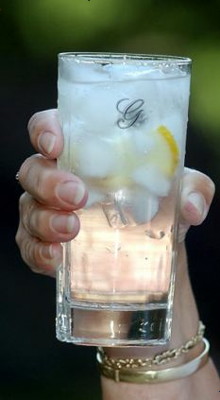
Related Posts:
in Science, Posted by darkhorse_log
